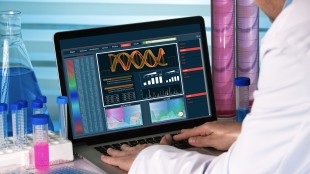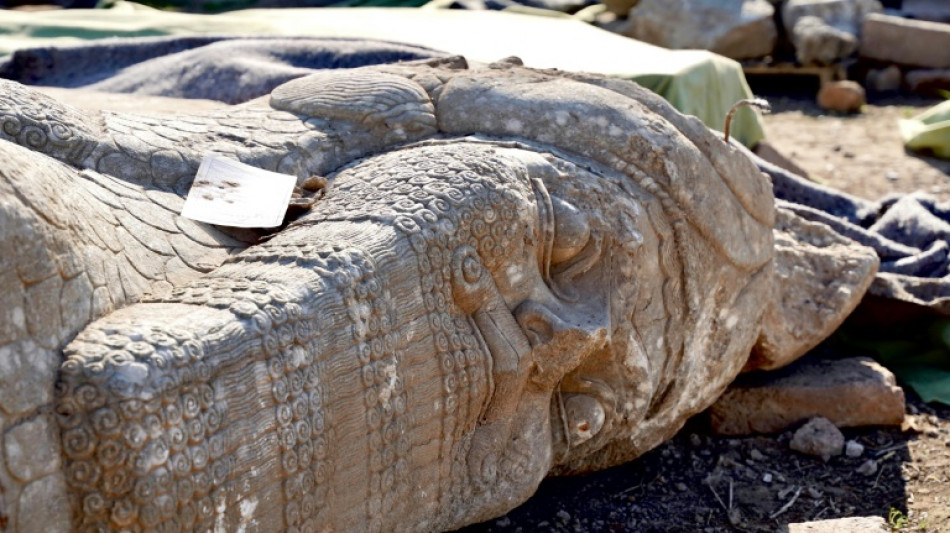
-
 Pacers guard Haliburton will miss entire '25-26 NBA season
Pacers guard Haliburton will miss entire '25-26 NBA season
-
Texas floods: How geography, climate and policy failures collided
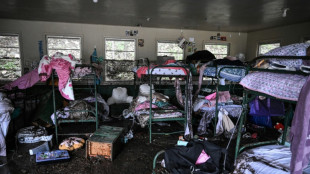
-
 Sinner into Wimbledon quarters after injured Dimitrov retires
Sinner into Wimbledon quarters after injured Dimitrov retires
-
UN General Assembly condemns 'systematic oppression' of women in Afghanistan
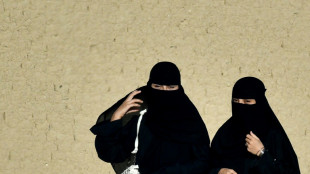
-
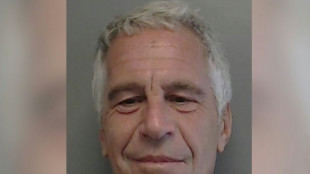 Epstein died by suicide, did not have 'client list': govt memo
Epstein died by suicide, did not have 'client list': govt memo
-
Trump, Brazil's Lula clash over politically charged coup trial
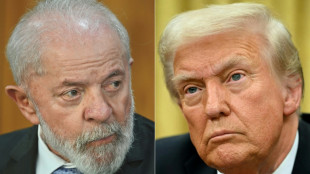
-
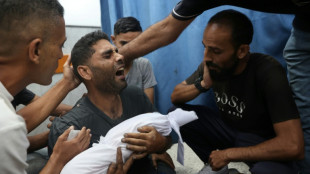 Trump to meet Netanyahu in push for Gaza deal
Trump to meet Netanyahu in push for Gaza deal
-
Swiatek into Wimbledon quarter-finals

-
 High-speed fall forces Philipsen out of Tour de France
High-speed fall forces Philipsen out of Tour de France
-
Trump says to slap allies Japan, South Korea with 25% tariffs

-
 Maresca shrugs off heat concerns as Chelsea face 'ugly duckling' Fluminense
Maresca shrugs off heat concerns as Chelsea face 'ugly duckling' Fluminense
-
Youth camp confirms 27 dead as Texas flood toll passes 90
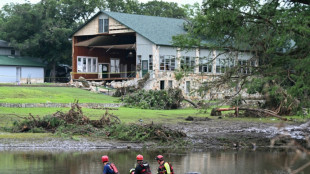
-
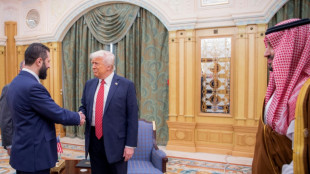 US revoking 'terrorist' designation for Syria's HTS
US revoking 'terrorist' designation for Syria's HTS
-
Trump threatens allies Japan, South Korea with 25% tariffs
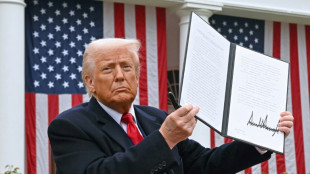
-
 Relentless Spain thump Belgium to close in on Euro 2025 quarters
Relentless Spain thump Belgium to close in on Euro 2025 quarters
-
Wimbledon changes line-calling system after embarrassing blunder

-
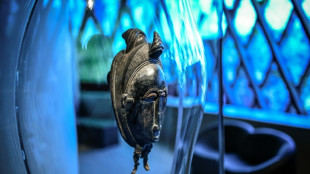 France backs returning colonial-era 'talking drum' to I.Coast
France backs returning colonial-era 'talking drum' to I.Coast
-
King hails 'spirit of unity' as Britain remembers 7/7 attacks
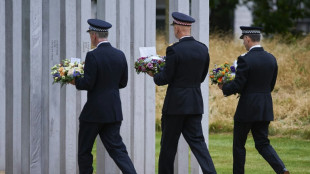
-
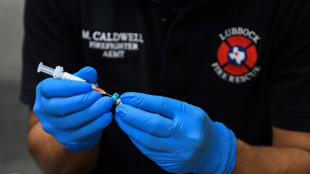 US measles epidemic its worst of 21st century
US measles epidemic its worst of 21st century
-
Djokovic survives scare to reach Wimbledon quarters, Sinner in action
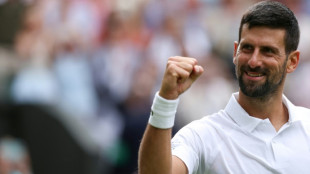
-
 Looted art: the battle for looted treasures
Looted art: the battle for looted treasures
-
Trump slaps allies Japan, South Korea with 25% tariffs
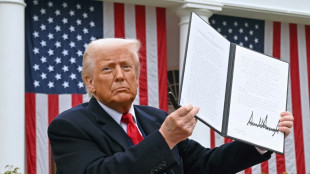
-
 Belgian Merlier wins crash-marred Tour de France dash to Dunkirk
Belgian Merlier wins crash-marred Tour de France dash to Dunkirk
-
Celebs light up Schiaparelli to open Paris Haute Couture Week

-
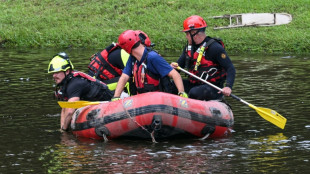 Youth camp confirms 27 dead as Texas flood toll nears 90
Youth camp confirms 27 dead as Texas flood toll nears 90
-
Respect for Lara stops Mulder short of world Test record

-
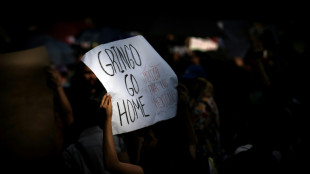 Mexico president slams xenophobia after anti-gentrification protest
Mexico president slams xenophobia after anti-gentrification protest
-
Djokovic stays on track for Wimbledon glory under Federer gaze
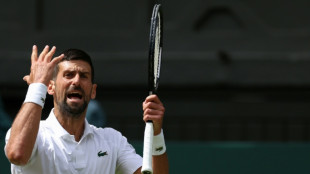
-
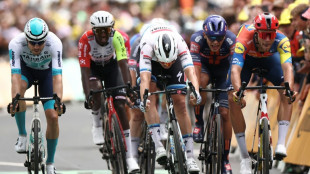 Belgian Merlier wins crash-marred Tour de France stage
Belgian Merlier wins crash-marred Tour de France stage
-
Djokovic battles back against De Minaur to stay on track for Wimbledon glory

-
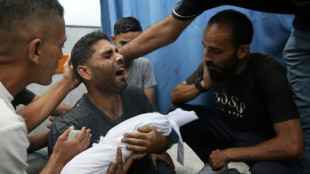 Israel, Hamas hold indirect talks ahead of Netanyahu-Trump meet
Israel, Hamas hold indirect talks ahead of Netanyahu-Trump meet
-
Trump steps up pressure for deals as US tariff deadline nears

-
 Iran president says Israel attempted to assassinate him
Iran president says Israel attempted to assassinate him
-
Russia says minister fired by Putin killed himself
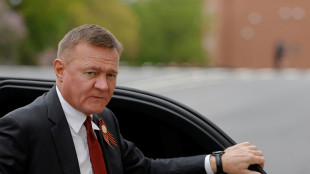
-
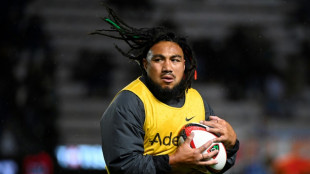 Ex-All Black Nonu extends Toulon deal, aged 43
Ex-All Black Nonu extends Toulon deal, aged 43
-
Stocks diverge as US tariff deadline looms

-
 French court dismisses government Covid response probe
French court dismisses government Covid response probe
-
Children's camp confirms 27 dead, with Texas flood toll over 80
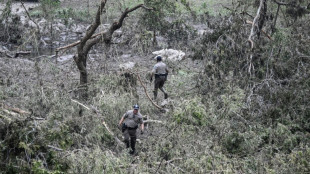
-
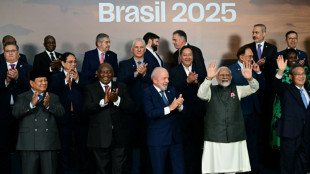 BRICS' criticism brings Trump 10% tariff threat
BRICS' criticism brings Trump 10% tariff threat
-
Houses made from rice: Kyrgyzstan's eco-friendly revolution

-
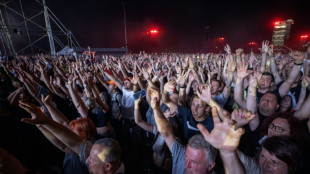 Croatia govt lashed over 'disgraceful neo-fascist Woodstock'
Croatia govt lashed over 'disgraceful neo-fascist Woodstock'
-
Victims of London 7/7 attacks remembered as king hails 'spirit of unity'
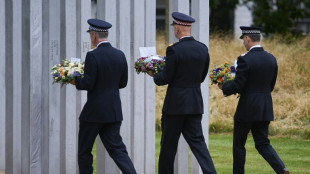
-
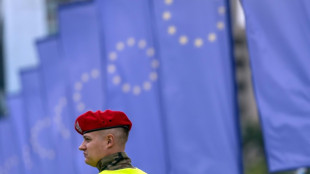 Poland starts border checks with Germany in anti-migrant clampdown
Poland starts border checks with Germany in anti-migrant clampdown
-
Wiaan Mulder: slow ascent to Test cricket's batting heights
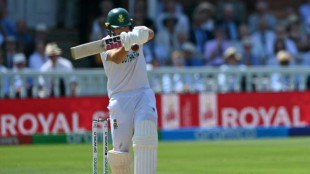
-
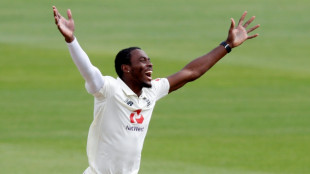 England coach McCullum says paceman Archer 'ready to go' against India
England coach McCullum says paceman Archer 'ready to go' against India
-
Djokovic, Sinner on Wimbledon collision course

-
 Vaughan says Crawley 'lucky' to have so many England caps
Vaughan says Crawley 'lucky' to have so many England caps
-
Russian forces claim first foothold in new Ukraine region

-
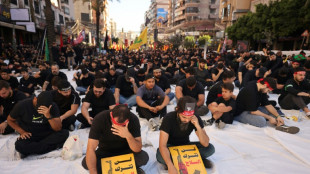 US envoy says satisfied with Lebanese response on disarming of Hezbollah
US envoy says satisfied with Lebanese response on disarming of Hezbollah
-
European stocks, dollar firm as US tariff deadline looms
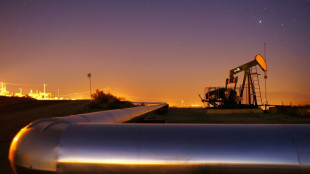

Iraqi archaeologists piece together ancient treasures ravaged by IS
A decade after jihadists ransacked Iraq's famed Nimrud site, archaeologists have been painstakingly putting together its ancient treasures, shattered into tens of thousands of tiny fragments.
Once the crown jewel of the ancient Assyrian empire, the UNESCO-listed archaeological site was ravaged by Islamic State (IS) fighters after they seized large areas of Iraq and neighbouring Syria in 2014.
The precious pre-Islamic artefacts destroyed by the jihadists are now in pieces, but the archaeologists working in Nimrud are undaunted by the colossal task they face.
"Every time we find a piece and bring it to its original place, it's like a new discovery," Abdel Ghani Ghadi, a 47-year-old expert working on the site, told AFP.
More than 500 artefacts were found shattered at the site, located about 30 kilometres (19 miles) from Mosul, the city in northern Iraq where IS established the capital of their self-declared "caliphate".
Meticulous excavation work by Iraqi archaeologists has already yielded more than 35,000 fragments.
The archaeologists have been carefully reassembling bas-reliefs, sculptures and decorated slabs depicting mythical creatures, which had all graced the palace of Assyrian King Ashurnasirpal II nearly 3,000 years ago.
Seen from above, the pieces of the puzzle gradually come together. Shards of what just several years ago was a single artefact are placed side by side, protected by sheets of green tarpaulin.
Bit by bit, the image of Ashurnasirpal II appears on one bas-relief alongside a winged, bearded figure with curly hair and a flower on its wrist, as the restoration brings back to life rich details carved in stone millennia ago.
Another artefact shows handcuffed prisoners from territories that rebelled against the mighty Assyrian army.
Partially reconstructed lamassus -- depictions of an Assyrian deity with a human head, the body of a bull or a lion and the wings of a bird -- lay on their side, not far from tablets bearing ancient cuneiform text.
- 'Complex operation' -
"These sculptures are the treasures of Mesopotamia," said Ghadi.
"Nimrud is the heritage of all of humanity, a history that goes back 3,000 years."
Founded in the 13th century BC as Kalhu, Nimrud reached its peak in the ninth century BC and was the second capital of the Assyrian empire.
Propaganda videos released by IS in 2015 showed jihadists destroying monuments with bulldozers, hacking away at them with pickaxes or exploding them.
One of those monuments was the 2,800-year-old temple of Nabu, the Mesopotamian god of wisdom and writing.
IS fighters wreaked havoc at other sites too, like the once-celebrated Mosul Museum and ancient Palmyra in neighbouring Syria.
The jihadist group was defeated in Iraq in 2017, and the restoration project in Nimrud began a year later, only to be interrupted by the Covid-19 pandemic and restart in 2023.
Mohamed Kassim of the Academic Research Institute in Iraq told AFP that "until now, it has been a process of collection, classification and identification."
About 70 percent of the collection work has been completed at the Assyrian palace site, with about a year's worth of fieldwork left before restoration can begin in full force, said Kassim, noting it was a "complex operation".
His organisation has been working closely with Iraqi archaeologists, supporting their drive to "save" Nimrud and preserve its cultural riches, through training sessions provided by the Smithsonian Institution with financial support from the United States.
- One shard after another -
Kassim said that the delicate restoration process will require expertise not found in Iraq and "international support" due to the extent of the "barbaric" destruction in Nimrud.
"One of the most important ancient sites of the Mesopotamian civilisation," according to Kassim, Nimrud is a testament to a golden age of "the art and architecture of the Assyrian civilisation".
The site was first excavated by archaeologists in the 19th century and received international recognition for the immense lamassu figures that were taken to Europe to be exhibited in London's British Museum and the Louvre in Paris.
Other artefacts from Nimrud have been on display in Mosul and Iraq's capital Baghdad.
The site has also attracted figures like British author Agatha Christie, who visited there with her archaeologist husband.
On a recent tour of Nimrud, Iraq's Culture Minister Ahmed Fakak al-Badrani hailed the "difficult" work carried out by archaeologists there, collecting broken pieces and comparing them to drawings and photographs of the artefacts they attempt to reconstruct.
The vast destruction has made it impossible, at least for now, to ascertain which antiquities were stolen by IS, the minister said.
And the process will take time.
Badrani said he expects that it will take 10 years of hard work before the marvels of King Ashurnasirpal II's palace can be seen again, complete.
L.Mason--AMWN


